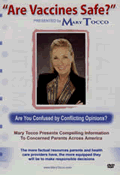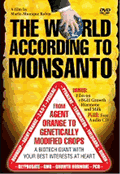By
Allan Wall
October 18, 2011
NewsWithViews.com
The National Drug Intelligence Center, a branch of the U.S. Department of Justice, recently released a document entitled the “National Drug Threat Assessment 2011”. You can read the document online here. The document paints a gloomy picture for both the U.S. and Mexico.
The Assessment’s Executive Summary states that
“The illicit trafficking and abuse of drugs present a challenging, dynamic threat to the United States. Overall demand is rising, largely supplied by illicit drugs smuggled to U.S. markets by major transnational criminal organizations (TCOs). Changing conditions continue to alter patterns in drug production, trafficking, and abuse. Traffickers are responding to government counterdrug efforts by modifying their interrelationships, altering drug production levels, and adjusting their trafficking routes and methods. Major Mexican-based TCOs continue to solidify their dominance over the wholesale illicit drug trade as they control the movement of most of the foreign-produced drug supply across the U.S. Southwest Border. The estimated economic cost of illicit drug use to society for 2007 was more than $193 billion.”
One of the contributing factors is the high demand for drugs in the United States. This high demand finances the drug cartels, allowing them to spend more and expand their operations.
According to the 2011 Assessment, that demand is growing. The document reports that “The abuse of several major illicit drugs, including heroin, marijuana, and methamphetamine, appears to be increasing, especially among the young.” Elsewhere it says that “Overall drug availability is increasing.” One exception to this tendency is cocaine – its availability and use are down.
The document states that “The Southwest Border remains the primary gateway for moving illicit drugs into the United States. Most illicit drugs available in the United States are smuggled overland across the Southwest Border…” The Southwest Border is comprised of the borders of California, Arizona, New Mexico and Texas with Mexico.
Then there is the tunneling: “Despite enhanced detection efforts and better countermeasures, Mexican drug traffickers will continue to build tunnels under the Southwest Border.”
In the U.S., Mexican cartels have cornered the market. The 2011 Assessment states that “ Mexican-based TCOs [transnational crime organizations] dominate the supply, trafficking, and wholesale distribution of most illicit drugs in the United States.” Elsewhere, it predicts that “Major Mexican-based TCOs and their associates are solidifying their dominance of the U.S. wholesale drug trade and will maintain their reign for the foreseeable future.”
The Mexican cartels are active in many urban areas. The Assessment calculates that
“Mexican-based TCOs were operating in more than a thousand U.S. cities during 2009 and 2010…”
And,
“Mexican-based trafficking organizations control access to the U.S.–Mexico border, the primary gateway for moving the bulk of illicit drugs into the United States. The organizations control, simultaneously use, or are competing for control of various smuggling corridors that they use to regulate drug flow across the border. The value they attach to controlling border access is demonstrated by the ferocity with which several rival TCOs are fighting over control of key corridors, or 'plazas.'"
The document says that seven major Mexican drug cartels are supplying the United States, but that “…the Sinaloa Cartel is preeminent— its members traffic all major illicit drugs of abuse, and its extensive distribution network supplies drugs to all regions of the United States.”
U.S.-based gangs are involved in the distribution north of the border:
“The
threat posed by gang involvement in drug trafficking is increasing, particularly
in the Southwest Region. With gangs already the dominant retail drug suppliers
in major and midsized cities, some gang members are solidifying their
ties to Mexican TCOs
to bolster their involvement in wholesale smuggling, internal distribution,
and control of the retail trade.”
The Assessment reports that
“Criminal gangs – that is street, prison, and outlaw motorcycle gangs – remain in control of most of the retail distribution of drugs throughout much of the United States, particularly in major and midsize cities.”
| Subscribe to the NewsWithViews Daily News Alerts! |
The document predicts that
“Collaboration between U.S. gangs and Mexican-based TCOs will continue to increase, facilitating wholesale drug trafficking into and within the United States. Most collaboration occurs in cities along the U.S.– Mexico border, although some occurs in other regions of the country. Some U.S.-based gangs in the Southwest Border region also operate in Mexico, facilitating the smuggling of illicit drugs across the border.”
The 2011 Assessment paints a gloomy picture of the drug trafficking situation, the drug cartel, and the safety and security of both the U.S. and Mexico.
� 2011 Allan Wall - All Rights Reserved
Sign
Up For Free E-Mail Alerts
E-Mails are used strictly for
NWVs alerts, not for sale
Allan Wall recently returned to the U.S. after residing many years in Mexico.
Website: www.allanwall.info
E-Mail:
allan39@provalue.net


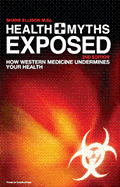
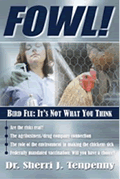

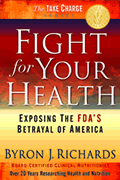

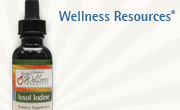




 Share
This Article
Share
This Article
